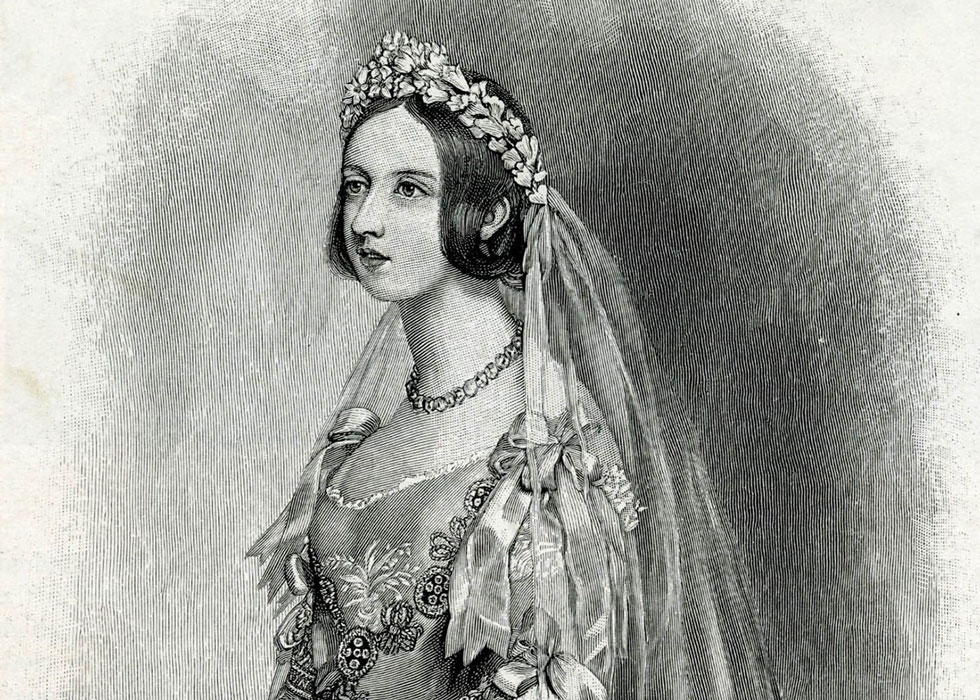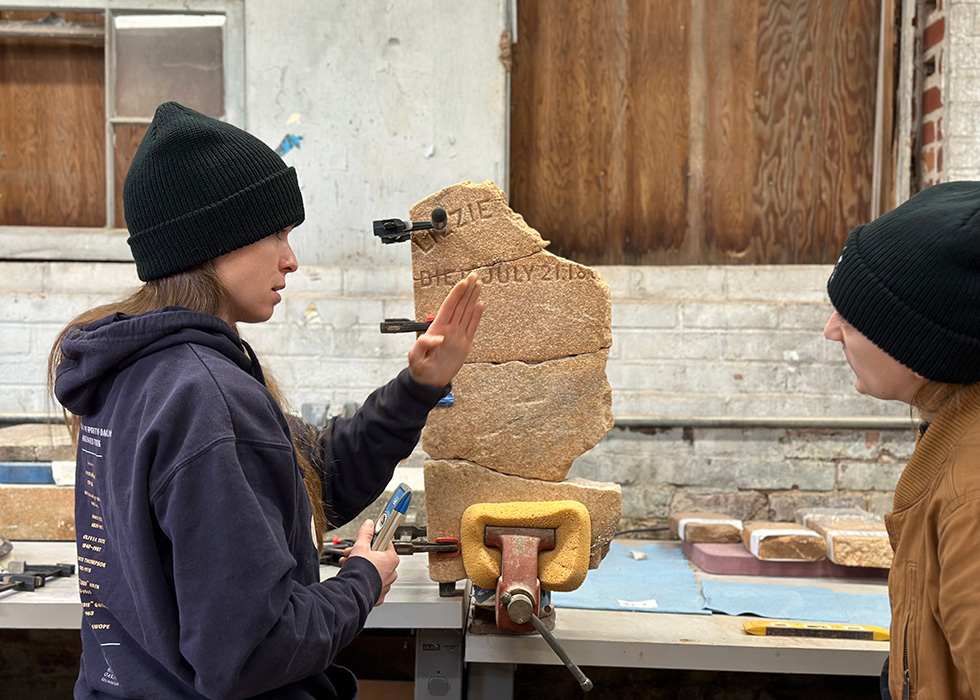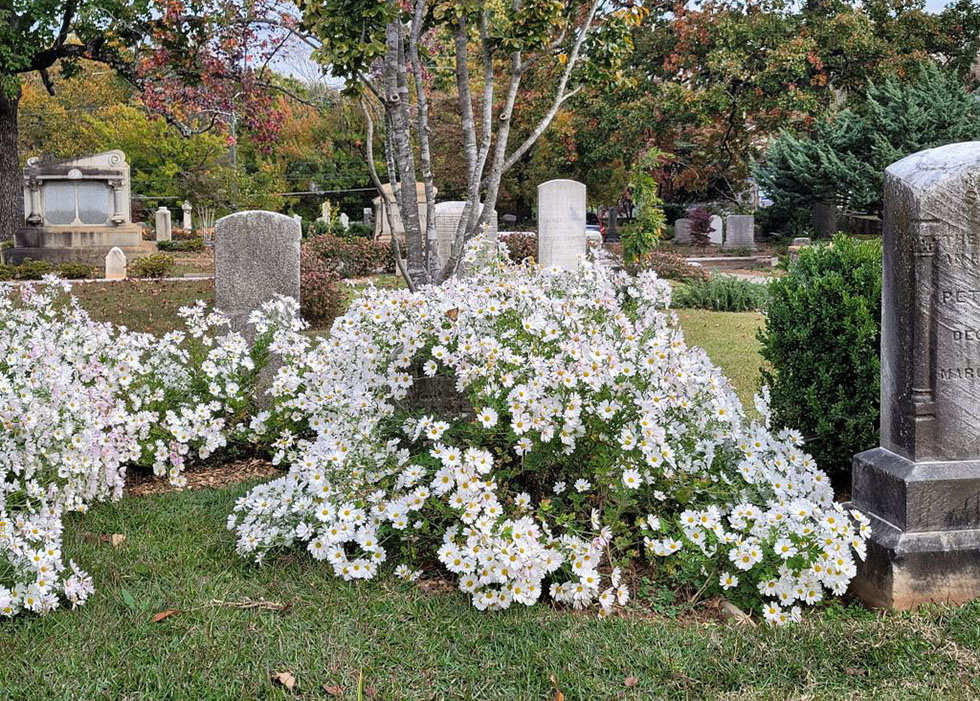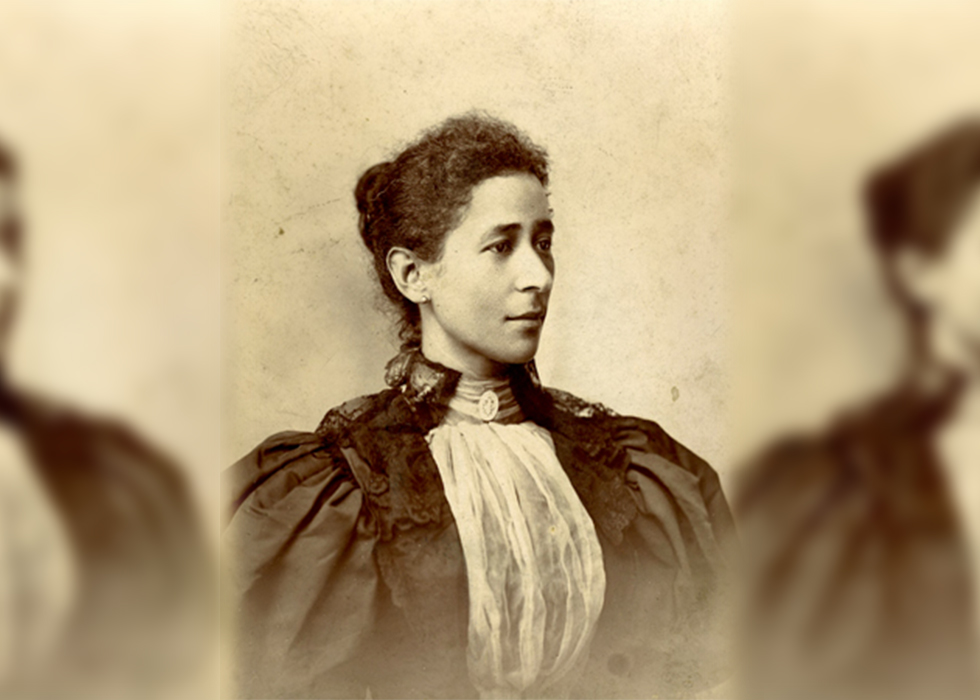
Love Stories of Oakland: The Victorian Wedding
In the month of February, we bring up the topic of love quite often at Oakland Cemetery. Although it does sound odd to discuss love stories at a cemetery, the 70,000 people who rest at Oakland loved or were loved by someone in their lifetime. Families bought lots to be buried together and couples reside side by side. Joint headstones show the unbreakable bond of marriage. By looking at the epitaphs of many Oakland couples, we can see spouses who believed that their bond continued past “until death do us part” and hoped for eternal togetherness.
In honor of the cemetery’s loving couples and our upcoming Love Stories of Oakland program (February 9-10), we’ll explore the traditions and characteristics of the Victorian wedding.
The Wedding Date

The month of June was the most popular month to get married. It was believed that the Roman goddess Juno, the month’s namesake, would bring delight and prosperity to the couple. Another reason for the early summer wedding would be that the bride would likely give birth to her first child in the spring months. For a woman who lived and worked on a farm, this would allow her plenty of time to recover before the hard labor of an autumn harvest.
The Wedding Dress
In the 16th and 17th centuries, brides wore different colored wedding dresses according to their age. Brides who were in their teen years wore a pale green color to signify their fertility, brides in their twenties wore brown, and the color white was reserved for the older brides. Queen Victoria, namesake of the Victorian era, broke this tradition by wearing a white dress when she wed Prince Albert at the age of twenty. The wedding of Queen Victoria and Prince Albert changed a lot about weddings going forward.
The bride would be adorned in accessories such as a small tiara or a crown of flowers, most commonly orange blossoms. A veil made from sheer cotton, gauze, or linen was attached to the flower wreath or tiara. The bride would also wear silk stockings, flat shoes laden with bows and ribbons, a handkerchief embroidered with their maiden initials, and white kid gloves.
As the Victorian era progressed and the wealth of the middle-class increased, wedding gowns became a symbol of wealth and status. The train of the dresses got longer, the veils were constructed of more expensive lace or silk tulle, and the veil competed for the same length as the train. A bride’s jewelry also flaunted her family’s wealth. The diamonds got bigger and the settings more elaborate. Diamond diadems showed affluence and were often a gift from the husband to his bride. As white between the preferred color for dresses, pearls also rose in popularity.
The Ring
Engagement and wedding rings also changed over time. In the early Victorian era, wedding rings were less elaborate with smaller, often rose-cut, diamonds. Rings gradually became more ornate and included stones such as amethyst, ruby, topaz, and emerald. Victorian half-hoop rings with diamond or pearl settings were popular as engagement rings. The snake rings were the most intriguing. The snake was a symbol of eternity and snake rings would often be set with rubies, sapphires, or diamonds.
 The Groom and Wedding Party
The Groom and Wedding Party
The groom would wear a frock coat with a hole in the collar where a flower could be placed. Over time, frock coats became less common. What did not go out of style during the Victorian era was the black top hat. The men in the wedding party, including the father of the bride, would wear clothes similar to the groom. The bridesmaids would wear elaborate dresses, accompanied with tiaras and short veils that would stop at the hip.
The Ceremony
 The Victorian wedding ceremony originally took place in the morning and went no later than 3:00 p.m. Flower petals would be laid out for the bride and her wedding party to walk on as it was believed to bring good fortune. This is a tradition that continues today. Another enduring tradition is throwing objects, such as rice, at the bride and groom as they leave the church. Victorian era guests would often throw nuts, a symbol of fertility, at the couple. The bride and groom often left the ceremony in a decorated carriage. Today, happy couples leave in decorated cars, bikes, and in some cases, carriages.
The Victorian wedding ceremony originally took place in the morning and went no later than 3:00 p.m. Flower petals would be laid out for the bride and her wedding party to walk on as it was believed to bring good fortune. This is a tradition that continues today. Another enduring tradition is throwing objects, such as rice, at the bride and groom as they leave the church. Victorian era guests would often throw nuts, a symbol of fertility, at the couple. The bride and groom often left the ceremony in a decorated carriage. Today, happy couples leave in decorated cars, bikes, and in some cases, carriages.
To hear more about Victorian love and romance, attend the acclaimed Love Stories of Oakland program on Saturday, February 9 and Sunday, February 10.



